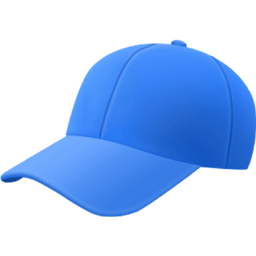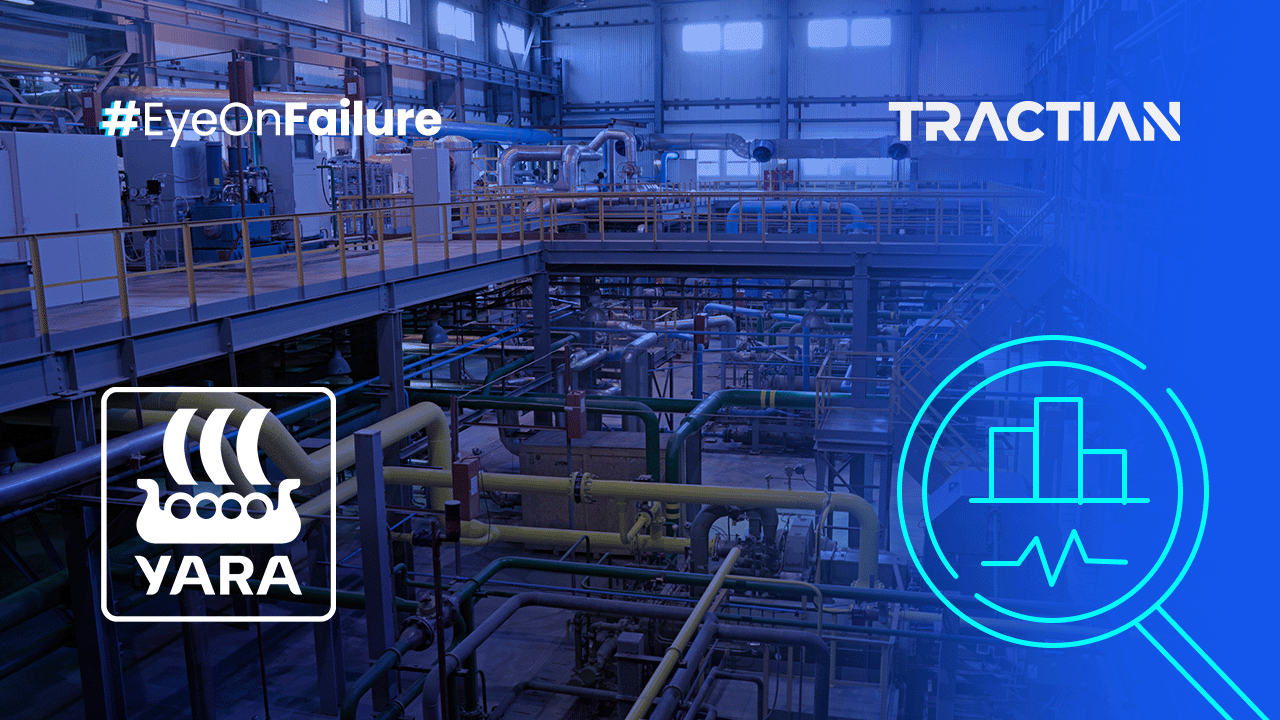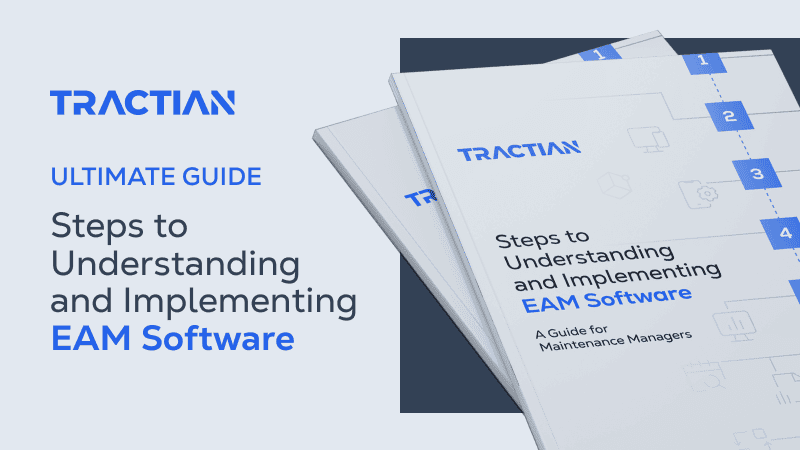Eye on Failures is a series of articles about the stories of maintenance workers who have benefited from our platform and eliminated failures and unpredicted downtime in machines.
A journey of lots of learning
Yara International, a multinational company that focuses on fertilizers, was one of the first to install TRACTIAN’s vibration sensors. It was thanks to this journey with them that we had, for example, the first opportunity to test the resistance of the devices to extremely aggressive environments. During the time they were collecting data there, they were constantly exposed to a corrosive atmosphere with lots of dust, moisture and heat. Despite the adverse conditions, the sensors never stopped working.

We were very happy with all the learning we had during the time tracking the assets, and also proud of the confidence we have gained in the work developed under the supervision of Pericles Sousa. After graduating in industrial automation engineering, he is responsible for monitoring the implementation of maintenance solutions, and his team accumulates responsibilities over four other plants. Check out more details on Yara’s experience with TRACTIAN below!
Insights that make a difference
Before TRACTIAN’s online monitoring system, Yara had already performed vibration monitoring. The main difference is: there were no real-time notifications to those responsible for maintenance or an intelligent platform that interpreted the data and indicated the possible failure cause.
The TRACTIAN platform learned the specific behavior of our assets. This was very important in monitoring the cooling tower fans, which were failing frequently. With each significant increase in vibration rates, we were able to act in advance.
Regarding how the platform learns, the Equipment Vibration DNA is generated after about two weeks of data collections from the sensors and is specific to each asset (hence the name DNA) and takes into account parameters such as RMS speed, average acceleration and vibration harmonics. After this, the limits of the standard behavior of the asset are defined:

Management 4.0 – Change generated by online monitoring
The choice of assets to be monitored was strategic and included those most critical to production, such as a blower and a mill. With the help of our insights, Pericles comments that it was possible to identify and plan what the intervals between the cleaning and inspection cycles of the assets should be: “Every certain number of days we would always receive the same vibration increase alert, and soon we realized that we should adjust our cleaning routine.”
Real-time access to asset data has enabled us to avoid corrective maintenance.

Each critical asset of the monitored production line would majorly impact the results, since 70 tons of fertilizers are produced every hour.
Discussing how TRACTIAN changed their routine, Pericles reports: “Based on the alerts, we were able to greatly improve our planning for downtime. Sometimes we anticipated a scheduled stop in production, when the situation of the asset was more critical, or even joined several activities which had been distributed along the week in a single one to fix the problem.”
He also says that, in the cooling tower, a vibration growth insight allowed the detection of a broken propeller before it generated major problems. In another situation, the platform reported an anomaly in the vibration of a blower booster, which allowed the team to organize themselves to correct a failure in the lubrication system.
The most interesting results come down to the fact that, while TRACTIAN was monitoring the assets, there were no corrective maintenance recorded. In the mill being monitored, for example, a misalignment in the bearing shaft was corrected in advance thanks to an alert sent by the platform.
Want to know more about the notification? Check the growth of vibration graph generated which enabled Yara’s team to detect the misalignment in the bearing shaft:

The activities conducted at Yara’s plant proved the benefits of online monitoring and led to an expansion in the number of sensors, from five to fifteen, with great potential for other plants to be included in this type of asset monitoring.


